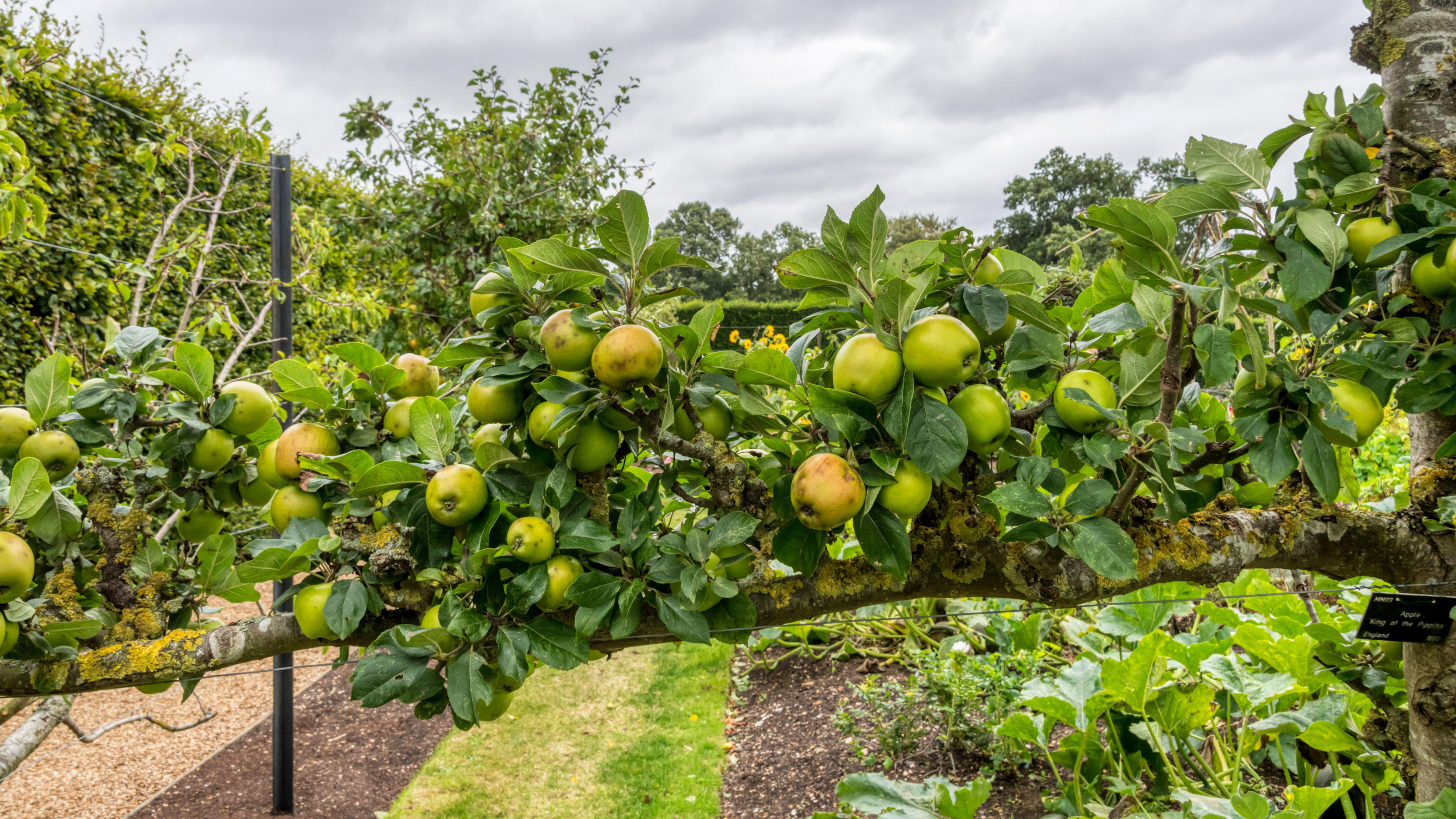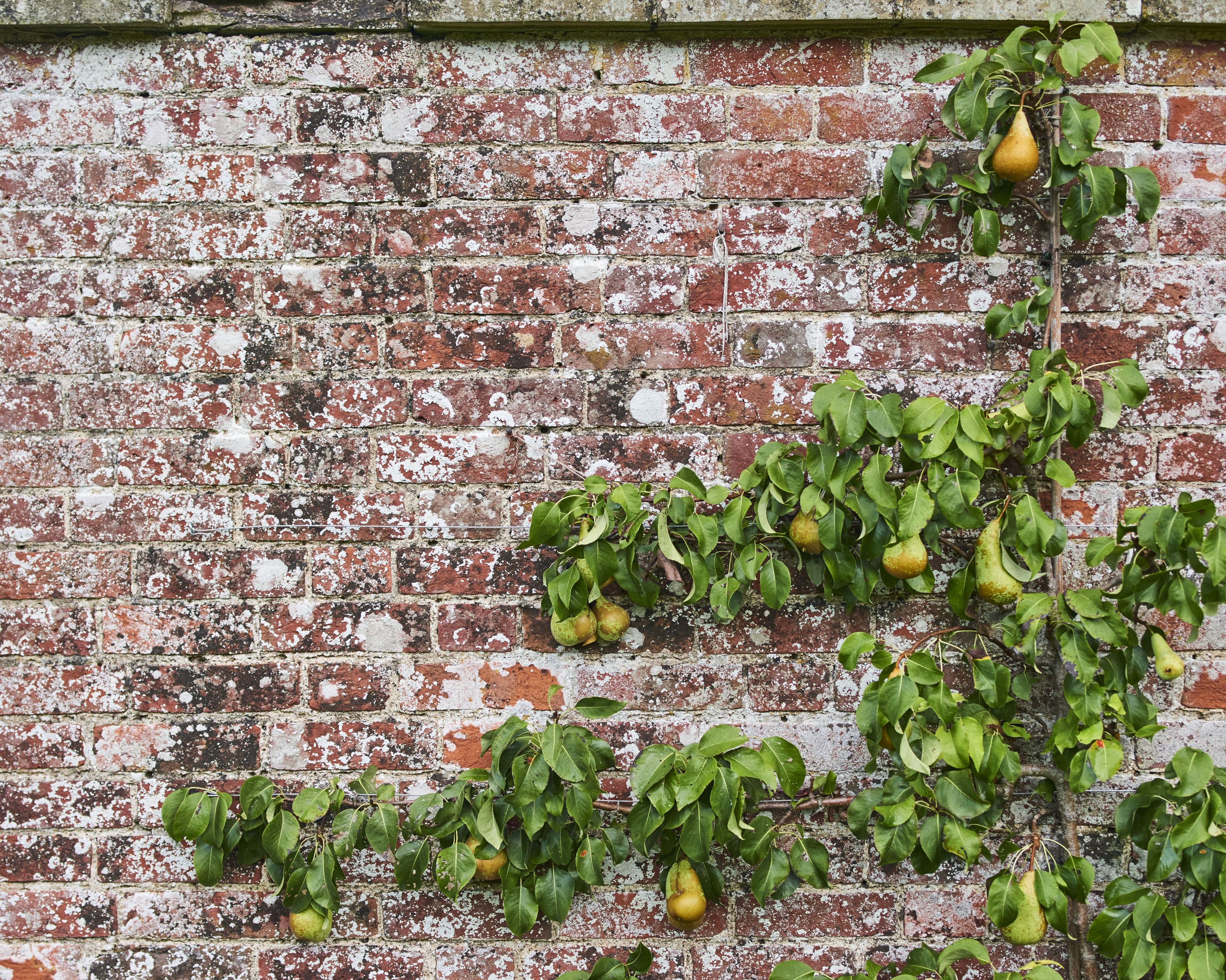Monty Don reveals why apple and pear trees need attention NOW
Summer pruning of apple and pear trees is a great strategy. Monty Don explains why and what to do


If you want delicious apples and pears from your own trees – we know, of course you do! – pruning is a must. But it might be the case that you need to get the secateurs out in summer rather than in winter to ensure fabulous ripe fruit straight from the garden.
And there are other reasons why one of your garden tasks this month should be summer pruning of apple and pear trees, as celebrated gardener, author and broadcaster Monty Don recently reminded us.
Read on to find out why summer pruning of fruit trees should be on your agenda, and if you need to get yourself set up with the right tool for the job, check out the best secateurs you can buy.
Monty Don’s top tips on summer pruning of apple and pear trees

Monty Don revealed his advice on summer pruning of apple and pear trees on his website, and we’re sharing it along with some of our own favorite strategies.
1. Are we talking all apple and pear trees when it comes to summer pruning? No, it’s not every apple and pear that will need this care right now.
Summer pruning is a good idea for trained forms, Monty says. In other words, espaliers, cordons, fans and pyramids. However, it’s also a strategy you might want to adopt for a mature tree that’s too large or crowded, according to Monty.
The reason for summer pruning is that at this time of year hard cutting back doesn’t stimulate vigorous re-growth, Monty advises.
As for bush or standard trees, remember that you’ll need to prune these in winter when they’re dormant, so put a date in your diary.
2. You should remove all of this year’s growth back to a couple of pairs of leaves, Monty says. That’s about 2 to 4 inches (5 to 10cm). Watch out for ripening fruits when you’re doing it, though.
Look out, too, for stems that are diseased or damaged as well as those that are dead, as these will have to go, too.

3. The other exception is shoots you are training, Monty says, which could be the case for espaliers, cordons, fans or pyramids. If this is the case, Monty explains that you’ll need to tie in the loose growth you want as you go.
4. For apples and pears not in trained forms, summer pruning stops them becoming too crowded with unproductive branches, Monty says.
The other huge plus point of pruning now? Getting light and air to the ripening fruit, he explains. That means fruit that is bigger, but also sweeter. A great point to remember if you're growing fruit in pots too this year. It also allows you to spot any problems with pests or disease sooner as well as making these problems less likely to occur in the first place.
It’s not just this year that you’ll benefit from better fruit either. Pruning in summer should also bring you an improved fruit harvest next year as well.
5. Be mindful that it’s important to distinguish between tip-bearing and spur-bearing trees before you embark on summer pruning. If fruit forms at the tips of the branches rather than on the spurs along them, you’ll be removing the developing fruits – which is obviously an outcome you don’t want.
If you want to add more fruit trees to your garden, we've got plenty of suggestions in our guide to the best fruit trees to grow in pots.

Sarah is a freelance journalist and editor writing for websites, national newspapers, and magazines. She’s spent most of her journalistic career specialising in homes and gardens and loves investigating the benefits, costs and practicalities of home improvement. It's no big surprise that she likes to put what she writes about into practice, and is a serial house revamper.
